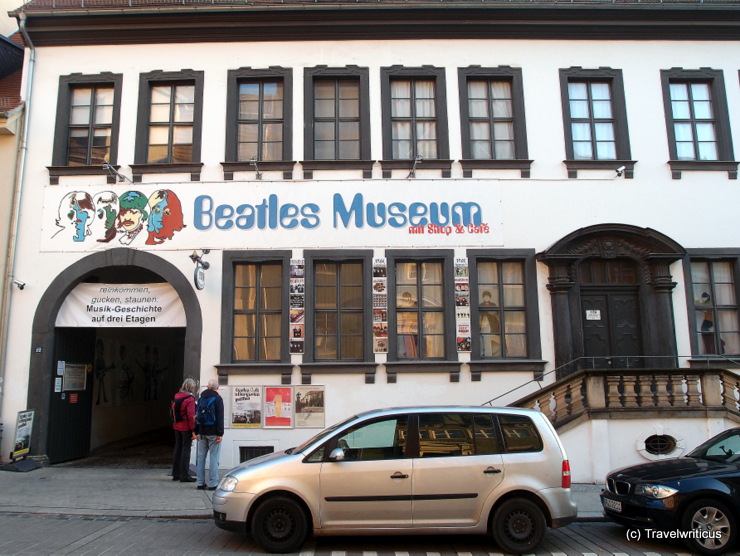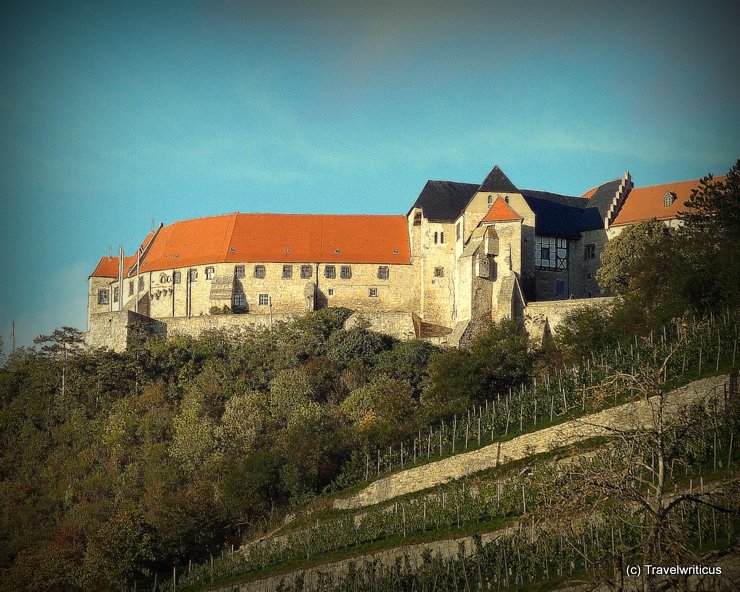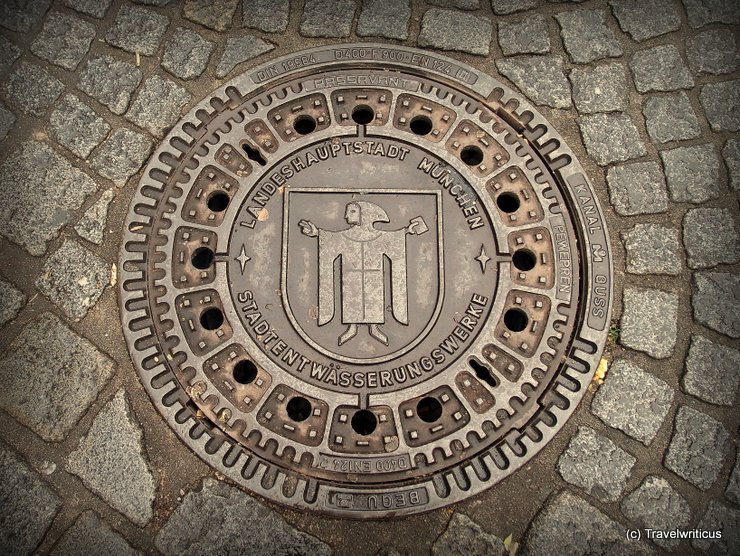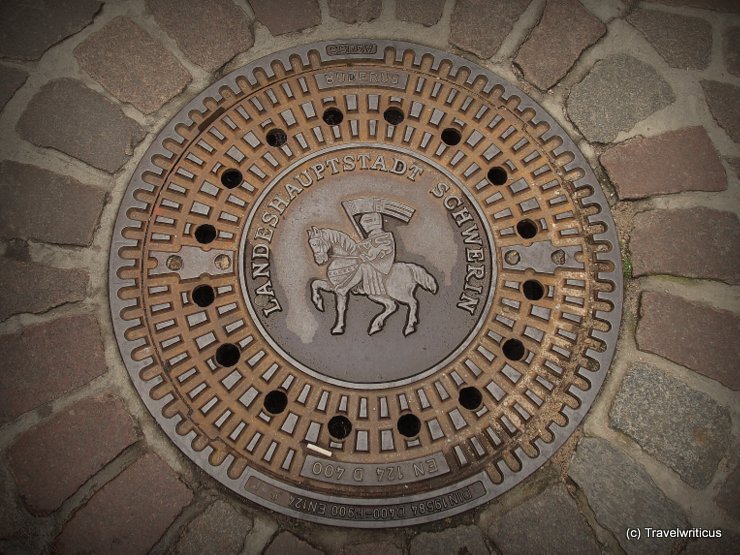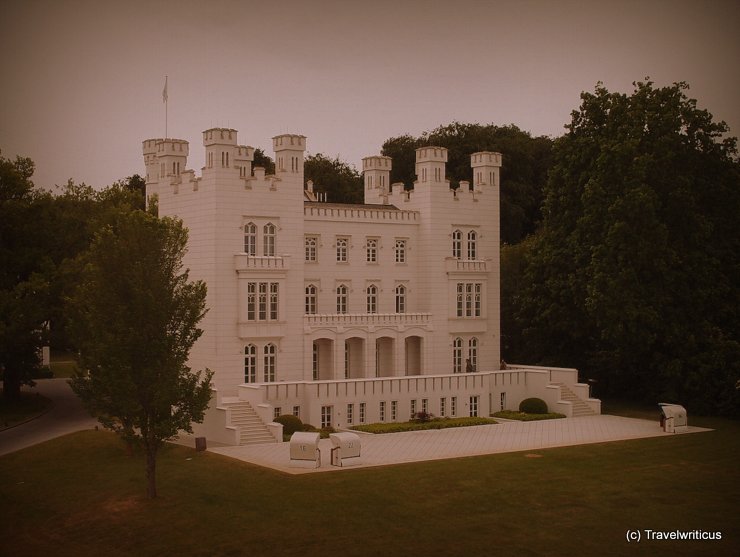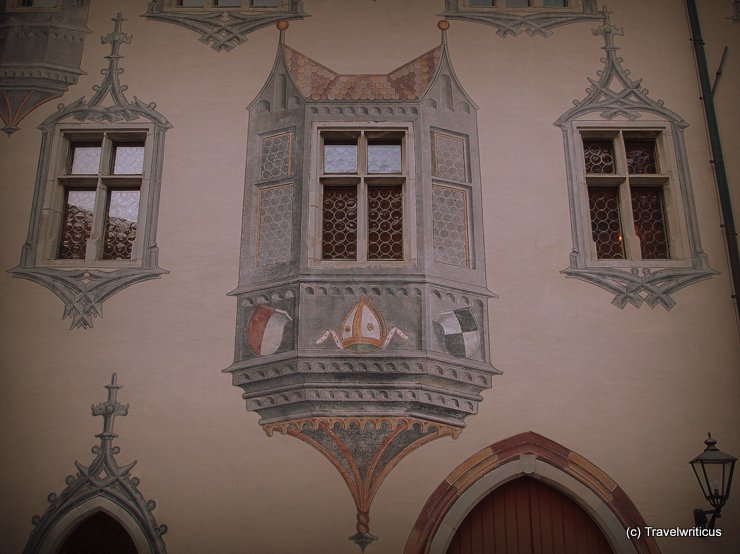
There are many ways to explore the German city of Frankfurt am Main. One of them is by riding the Ebbelwei-Expreß. This tram tours the most impressive sights and provides info via an audio guide. In addition, the passengers enjoy a glass of Ebbelwei.
